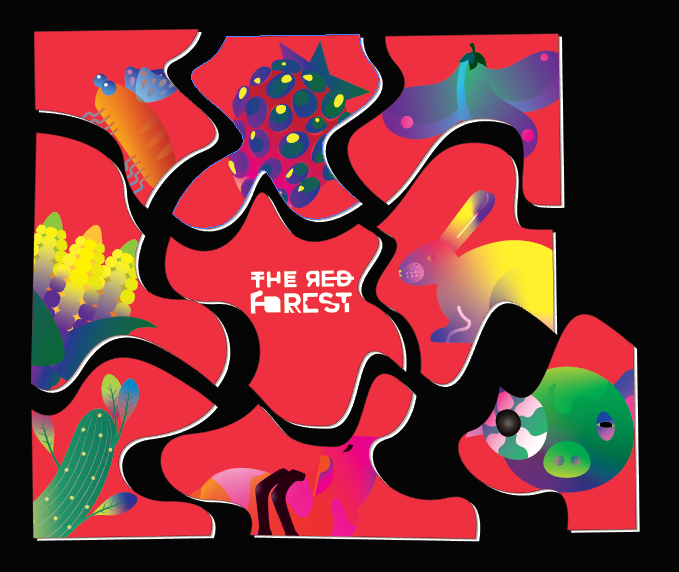1. Overview
Evolution is a slow waiting process because it takes time for species to adapt to their environment and shape themselves perfectly. This slow and steady process can sometimes take millions of years to complete. But recent research shows that human action has an unpredictable effect on this natural process. For example, the nuclear pollution incidents in history include the Chornobyl disaster and the discharge of radioactive water from the Fukushima Daichi Nuclear Power Plant. The experimental evidence from Dr Jerry Bergman has documented that significant genetic degeneration is caused by radiation.
The Red Forest exhibition has three sections: plants, animals, and humans. It displays the current situation of animals and plants undergoing nuclear contamination to trigger people to think about the manmade destruction of the ecological environment. What will we be like in the future?
Name of the Exhibition - The Red Forest
Red forest is a 400-hectare section of pine forest located in the zone of alienation; this area received the most significant fallout dosage with radiation so intense that many of the trees died instantly, turning a rustic bright orange. The staggering variation in color earned the now world-renown name: The Red Forest.
 Timm Suess, CC BY-SA 2.0
via Wikimedia Commons
Timm Suess, CC BY-SA 2.0
via Wikimedia Commons
 Location of red forestvia Wikimedia Commons
Location of red forestvia Wikimedia Commons
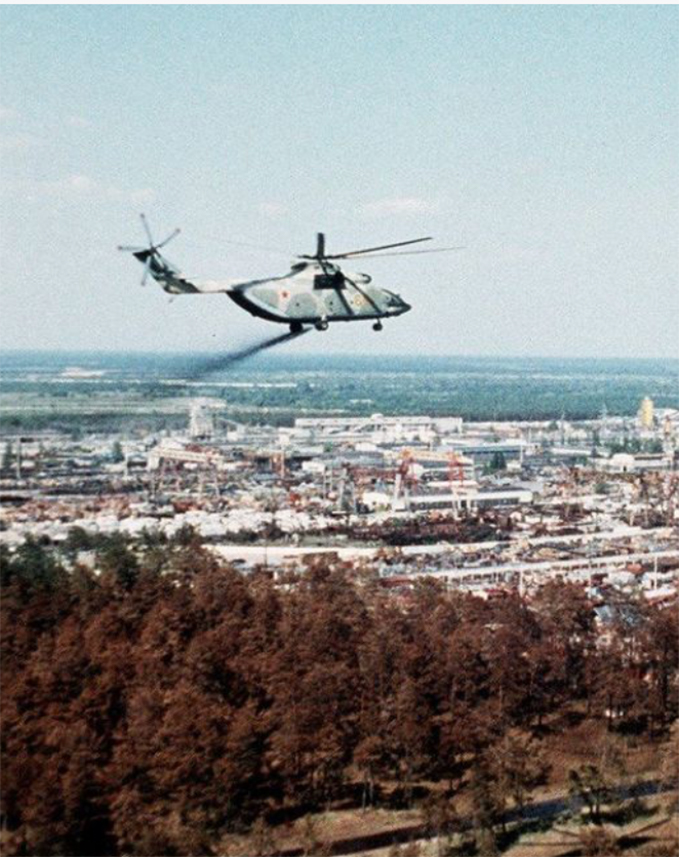 Helicopter sprays a decontaminating substance over the red fores
Helicopter sprays a decontaminating substance over the red foresI use ‘The Red Forest’ as the name of exhibition to represent the permanent changes to the ecosystem caused by human activities. Forest could also refer to the exhibition overall, since the exhibition would be mainly showcase the mutated animals, plants, etc.
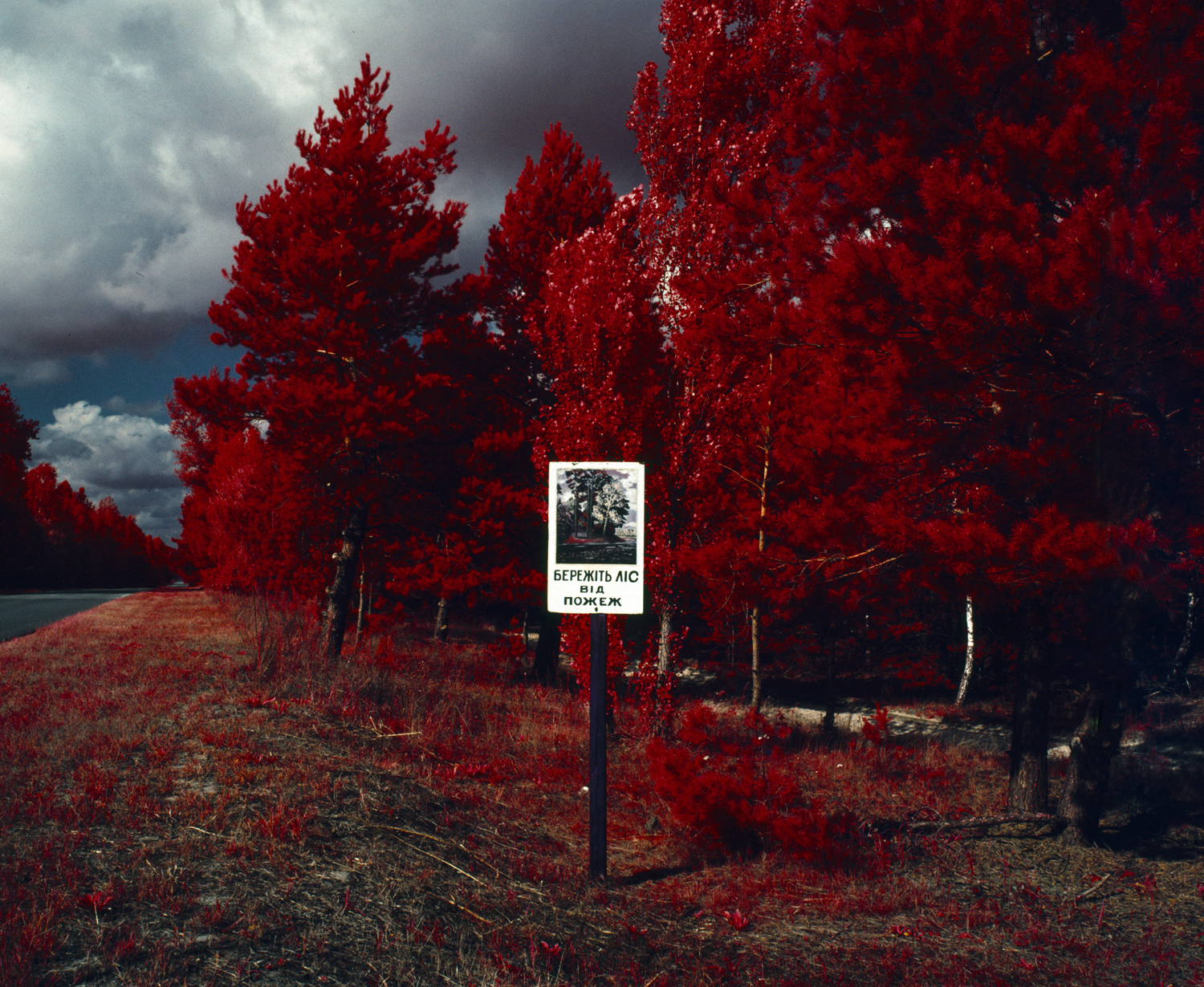 Sign(2012) from The Red Forest seris
Sign(2012) from The Red Forest serisEdward Thompson
2. Site Research

Sketch of Benesse House
by Tadao Ando
Benesse House Museum by Tadao Ando
Benesse House Museum is the place I chose for the exhibition because of its coherent bond with nature. It’s design principle is to find a balance among art nature and architecture.
How does the museum blend into nature?
1.A large part of the complex is buried into the ground
The complex is situated in a spectacular national park, more than half of the building's footprint is underground, a concept that well to minimise the visual impact upon the surrounding terrain. The terrace doubles as a stage for outdoor events and houses the entrance to an underground annexe of the building. Only once you have ascended the stairway with stone walls does the main nucleus of the museum become visible.
2. The serene of nature is brought inside the facility
Surrounding Benesse House is a nature-filled area designated as part of Seto Inland Sea National Park. When building Benesse House, the creators focused on keeping the beautiful natural scenery of Setouchi in the forefront, and making use of the facility's surroundings. When Ando first saw the area, he thought, "I want to embed the whole building in the ground."
By making use of the sloping ground to bury half of the building underground, Ando avoided ruining the Setouchi scenery, and made it so that the sea could be seen from inside the building. With one underground floor and three above ground floors, the large apertures placed all around the building and the slopes boldly connecting each floor bring the Setouchi scenery inside the facility, offering visitors a diverse visual experience.
Exhibition:
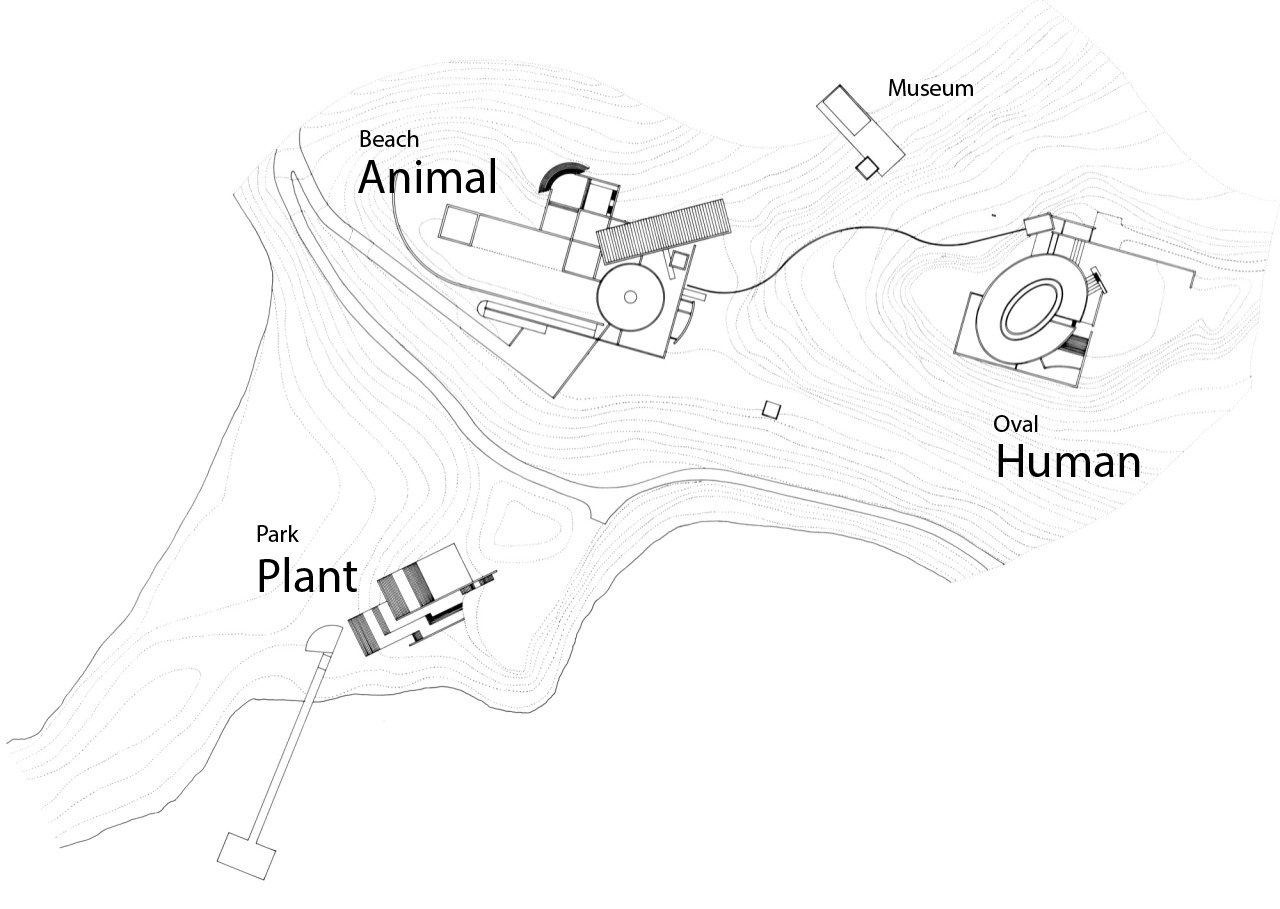
3. Content
The theme of the exhibition is showing the devastating impact of nuclear contamination on the environment. So I would focus on artworks related to technological impact on nature.As the site has expansive outdoor area and long coastline, sculpture, land art, installations would take a major part of the curation. Also I plan to organize an artist residency, invite artists to do some site specific artworks for the exhibition.
Sample of selected artworks:

4. Visual

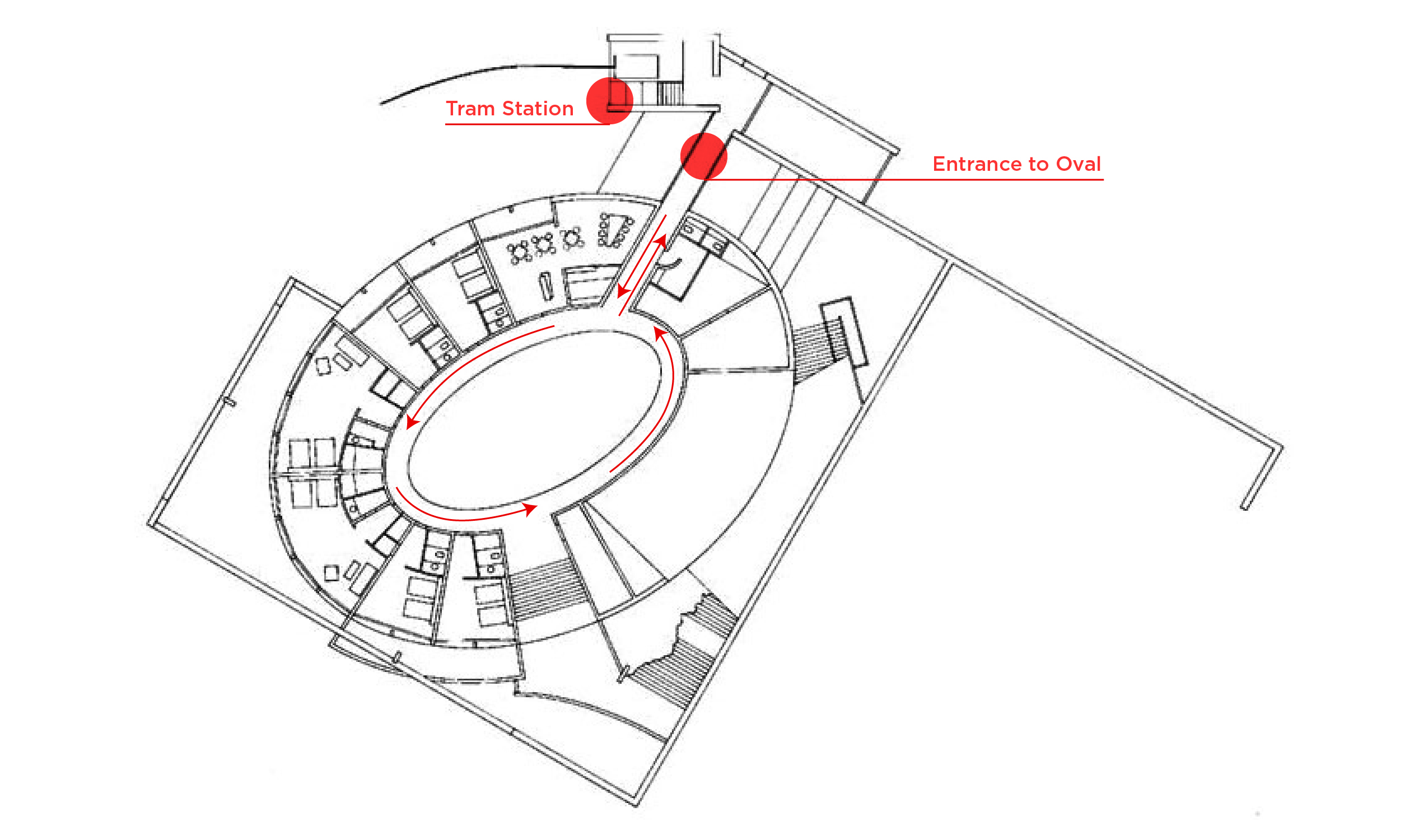 Key Elements
Key ElementsThe odd ‘mutated’ species creates powerful visual impacts and is the most obvious effect of nuclear radiation that everyone can related to. So I addopt this oddity, created a series of mutate plants and animals.
Inspiration
Rather than zen, wabi-sabi, I found Japanese style like Yayoi Kusama’s intensive bright dots, Toshio Matsumoto’s uncanny film, Mika Ninagawa’s dazzling photography more intriguing. So I adopt the style in the VI design.
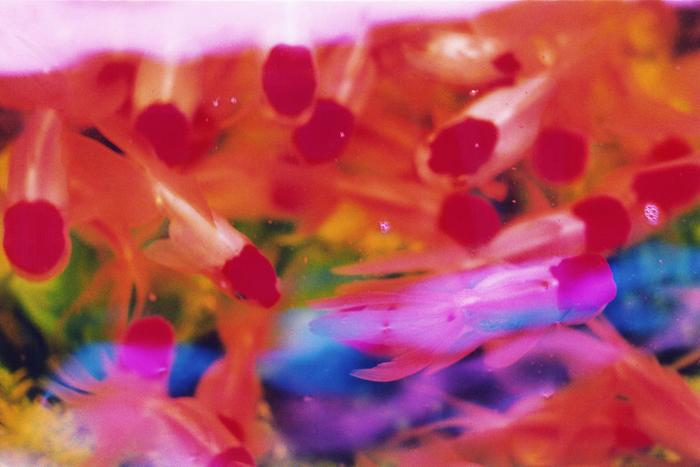
Design
- Animal
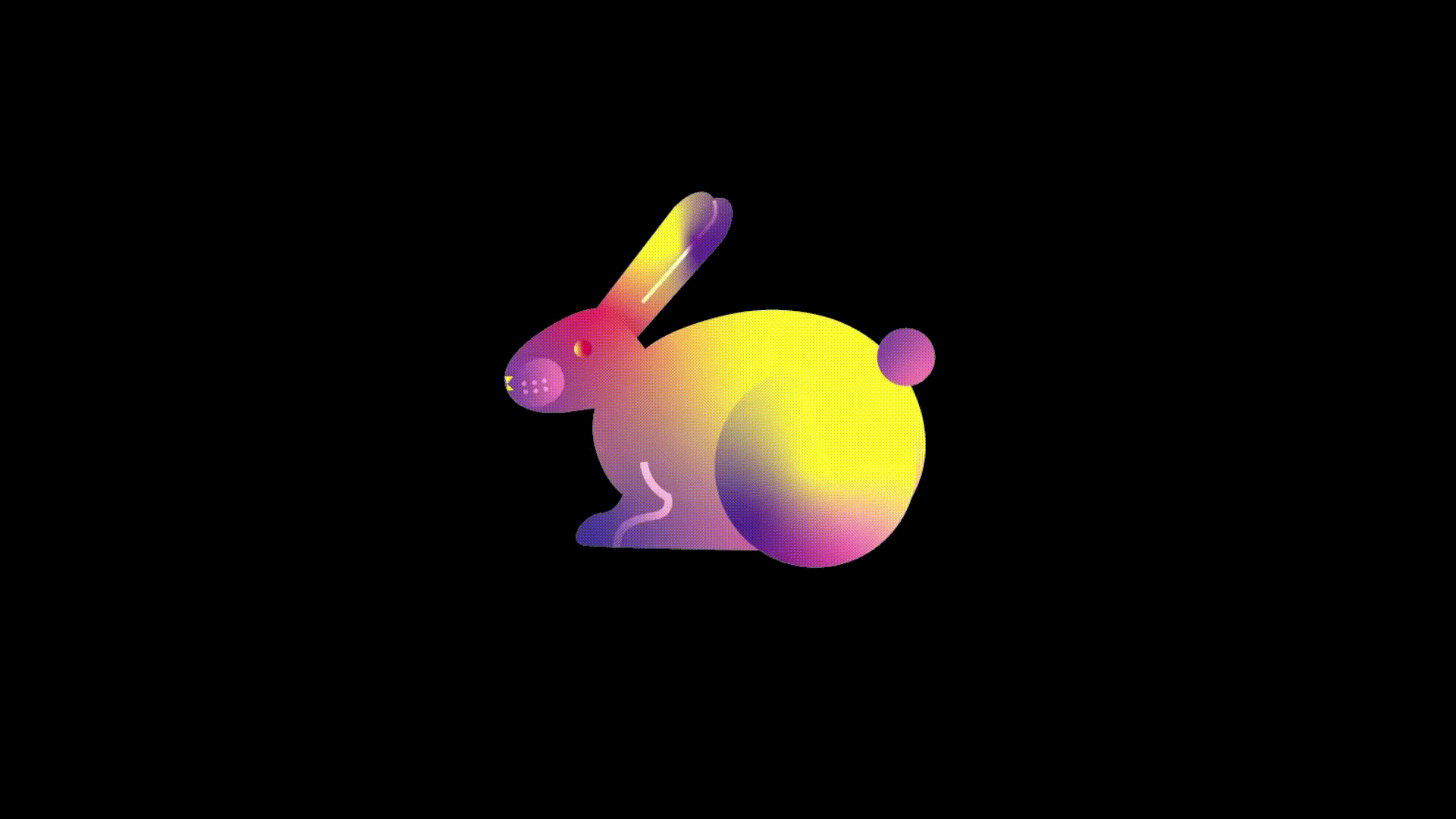
According from the research of Anders Pape Møller1 & Timothy A. Mousseau, it shows the relationship between radiation and animal mutation rates in Chernobyl is 0.579 wich means that radiation causes a 57.9% chance of animal mutation。

- Plant

Radiation does have noticeable harmful effects on plants. It may shorten the lifespan of individual plants and cause DNA mutations. According to the research of Anders Pape Møller1 & Timothy A. Mousseau, the relationship between radiation and plant mutation rates in Chornobyl is 0.74, meaning that radiation causes a 74% chance of plant mutation. Irradiated plants may have organ and morphological cha
 Typography
TypographyI referenced three types of DNA mutation: base substitutions, deletions and intersections.


Section Entrance
- Plant Section

- Animal Section

5. Direction
The geometric symbol of each building: Map
MapVisitor takes the shuttle bus to travel the next pavilion, from the Park, the Wharf to Oval Pavilion.
The Wharf as an intermission allows visitors to enjoy the nature with the sea and island. I’ll design outdoor exhibits and lead visitors to reflect on the consequence of pollution, wiping away the natural scenes they enjoy right there.

Wayfinding

 Outdoor
Outdoor
6. Digital Engagement
In Oval Pavilion, visitor walk around and watch the mutation in their own form and shape.
This installation takes advantage of the circular site layout to bring visitor into the virtual world.




7. Take Away Pieces



Puzzle

